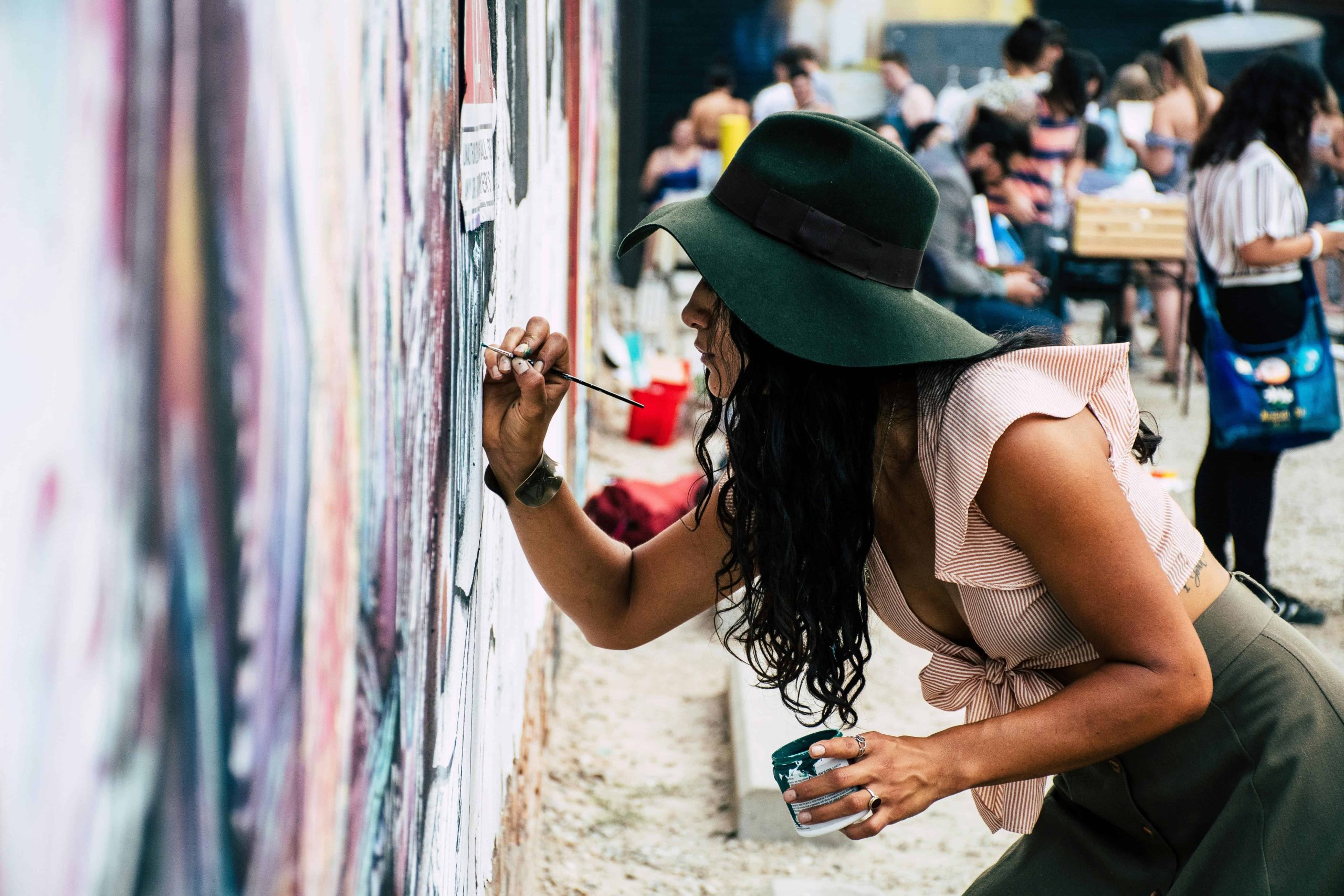
17 Jan Building Art Communities: Strategies and Tips
Creative minds gather in art communities, which are dynamic ecosystems, to develop their skills and share their love of artistic expression. These communities, whether they are flourishing in actual or virtual settings, offer priceless venues for inspiration, learning, and cooperation. In these settings, artists push the limits of their own creativity via the constant exchange of concepts, methods, and viewpoints. A rich tapestry of different styles, mediums, and levels of skill is created by the diversity, which fosters artistic development. Artists who collaborate not only improve their abilities but also receive supportive and helpful criticism that is crucial for their growth on both a personal and professional level. A sense of empowerment and belonging is fostered in art groups, which are vital and caring environments for artists on their sometimes solitary journeys.
Foundations for a Thriving Community
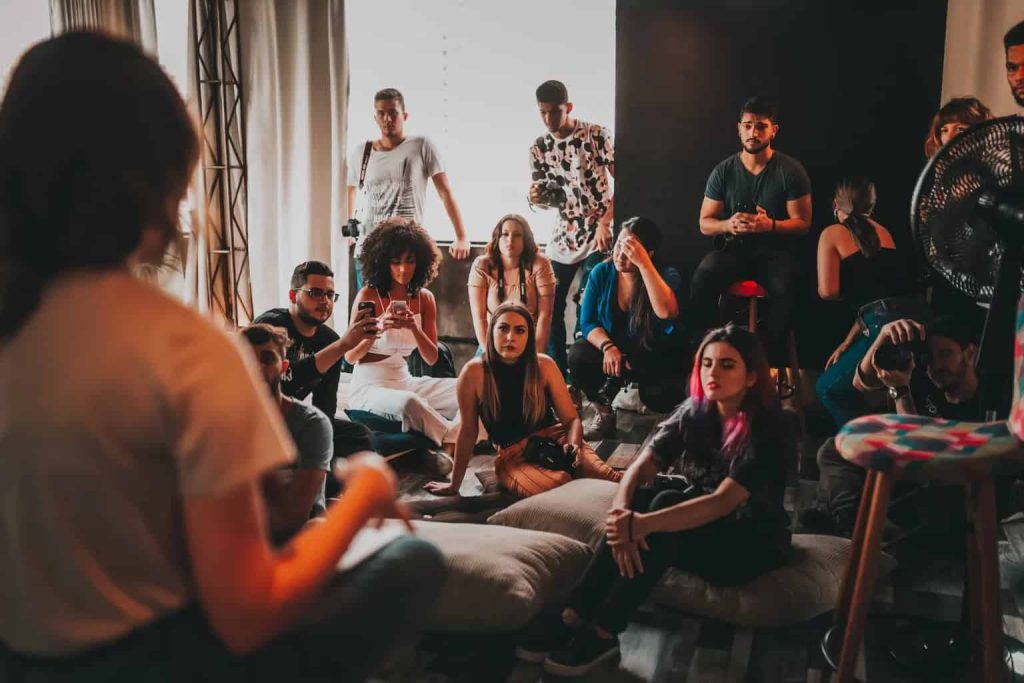
Photo by Matheus Bertelli
Defining Your Purpose and Niche
It’s important to establish mission clarity early on in the process of creating an art community. Determine your target audience first, keeping in mind different artist kinds, skill levels, and interests. Whether your emphasis is on a specific genre, media, or subject, setting the community’s parameters will aid in drawing in like-minded people. Establishing clear objectives and core values acts as a compass, pointing community members in the direction of a shared vision and giving them a feeling of direction.
Choosing the Right Platform
Choosing the right platform is a major decision that has an immense effect on the dynamics of the community. Examine the benefits and drawbacks of online vs offline choices and explore options like social media, forums, specialized websites, or even in-person seminars. Examine every platform’s features, user base, and expenses carefully, making sure that accessibility and usability come first. The platform that is used should support the objectives of the community, guarantee a smooth user experience for participants, and promote efficient communication and teamwork.
Cultivating Inclusivity and Respect
A vibrant creative community must be built on a foundation of positivity and inclusivity. Establish unambiguous rules for conduct and communication to lay the foundation. proactively encourage involvement from artists from varying origins, techniques, and viewpoints in order to foster variety within the community. Establish systems for providing constructive criticism and feedback to make sure all members are respected and feel comfortable sharing their opinions. Respect is fostered so that the community becomes a place where people may develop, learn, and work together without worrying about being judged or left out.
Engaging and Nurturing Your Community
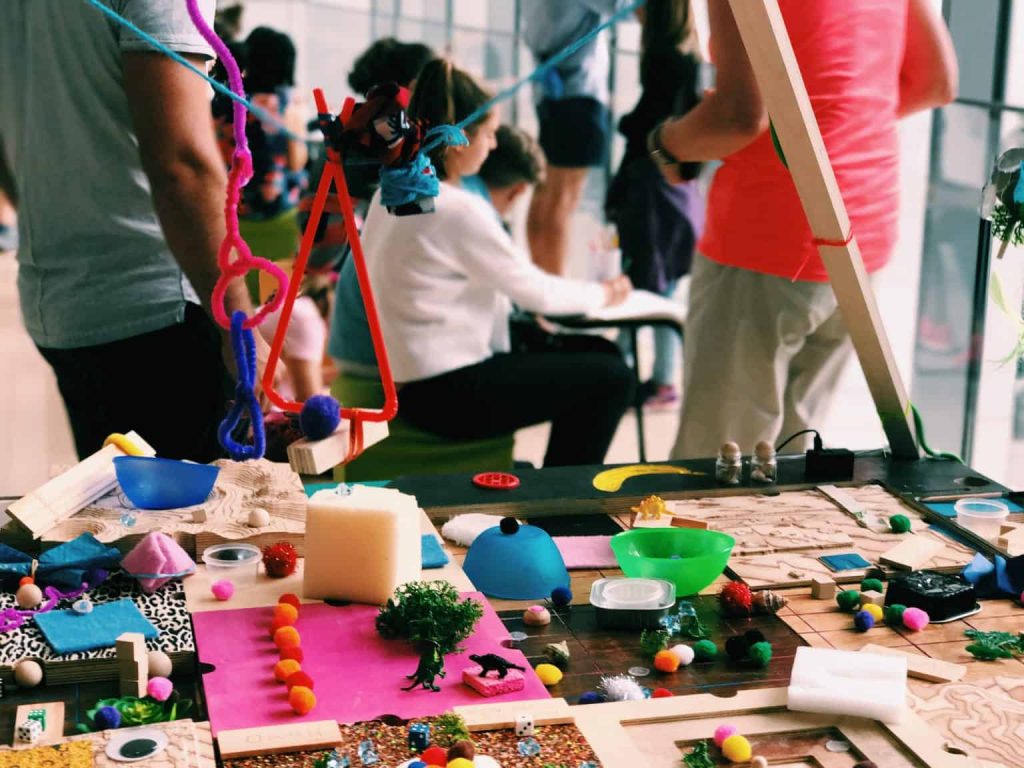
Photo by Emily Webster
Creating Engaging Content and Activities
It takes a steady stream of interesting content and events to keep your art community vibrant. Organize a variety of events on a regular basis to accommodate different interests and ability levels, such as critiques, exhibitions, open studios, and workshops. Exchange educational materials, lessons, and creative works of art to encourage learning and creativity. Organize contests, teamwork, and initiatives while fervently promoting member involvement. To increase participation and connectedness, create thoughtful dialogues in forums, chat rooms, and social media.
Fostering Connection and Collaboration
Building trusting relationships between community members is essential to fostering a cooperative and encouraging atmosphere. Introduce people and arrange get-togethers to help artists make connections with colleagues who have complimentary abilities or interests. Encourage knowledge-sharing and mentoring programs so that seasoned members may advise and encourage newer members who are just starting out in their profession. We promote group projects and exhibits, giving participants a stage on which to display their combined abilities. Honor the accomplishments and triumphs of your neighbors to promote a feeling of community and shared pride.
Managing and Adapting
A vibrant creative collective is built on effective art communities management. To keep the peace and honor community rules, clearly identify the duties and responsibilities of community moderators. Actively seek out member input to comprehend their preferences and wants, then modify community methods accordingly. Accept change and keep an open mind to fresh concepts and endeavors to make sure the community changes to suit the changing needs and goals of its members. Maintain the community’s vitality, inclusivity, and alignment with its main objectives by routinely evaluating its dynamics and making appropriate adjustments to its techniques.
Additional Tips and Resources
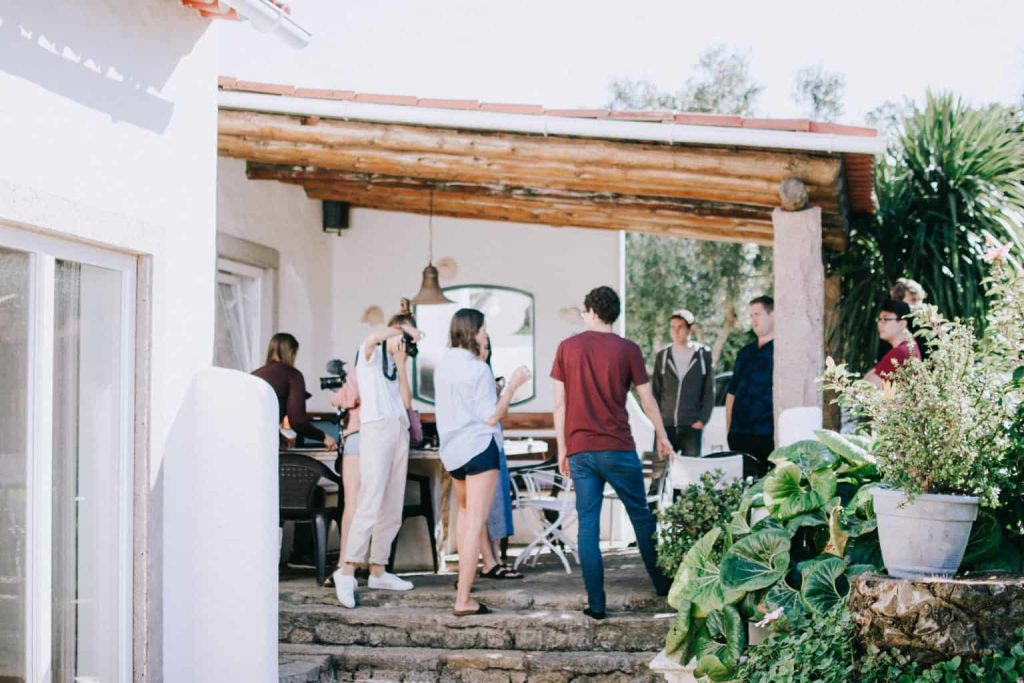
Photo by Lisa Fotios
Embrace Technology for Effective Communication and Organization
Keeping your creative community organized and communicating effectively requires making the most of technology. Make use of platforms like collaborative project management software, video conferencing tools, and messaging applications that enable smooth communication. By putting these technologies into practice, participants may interact, exchange ideas, and work together regardless of where they are in the world. Adopt digital technologies to manage community resources, plan events, and expedite administrative processes to improve overall cohesiveness and efficiency.
Explore online communities, organizations, and funding opportunities
Extend the reach and impact of your art community by actively exploring online platforms, relevant organizations, and potential funding opportunities. Joining larger online art communities can expose your members to a broader audience, fostering connections and collaborations. Establish partnerships with art-related organizations to tap into additional resources, support, and exposure. Seek out funding opportunities from grants, sponsorships, or crowdfunding platforms to sustain and expand your community initiatives. Diversifying your network and funding sources enhances the resilience and sustainability of the community.
Address challenges, such as maintaining engagement and motivation, with proactive solutions
Acknowledge and tackle challenges head-on by implementing proactive solutions. Recognize that maintaining member engagement and motivation is an ongoing concern. Develop a variety of activities, events, and incentives to keep members excited and involved. Regularly solicit feedback and conduct surveys to understand the evolving needs of the community, allowing for timely adjustments. Establish a support system for members facing challenges, whether it be through mentorship programs or dedicated forums for troubleshooting. By addressing issues promptly and proactively, you create a resilient and adaptive community that can overcome obstacles and continue to thrive.
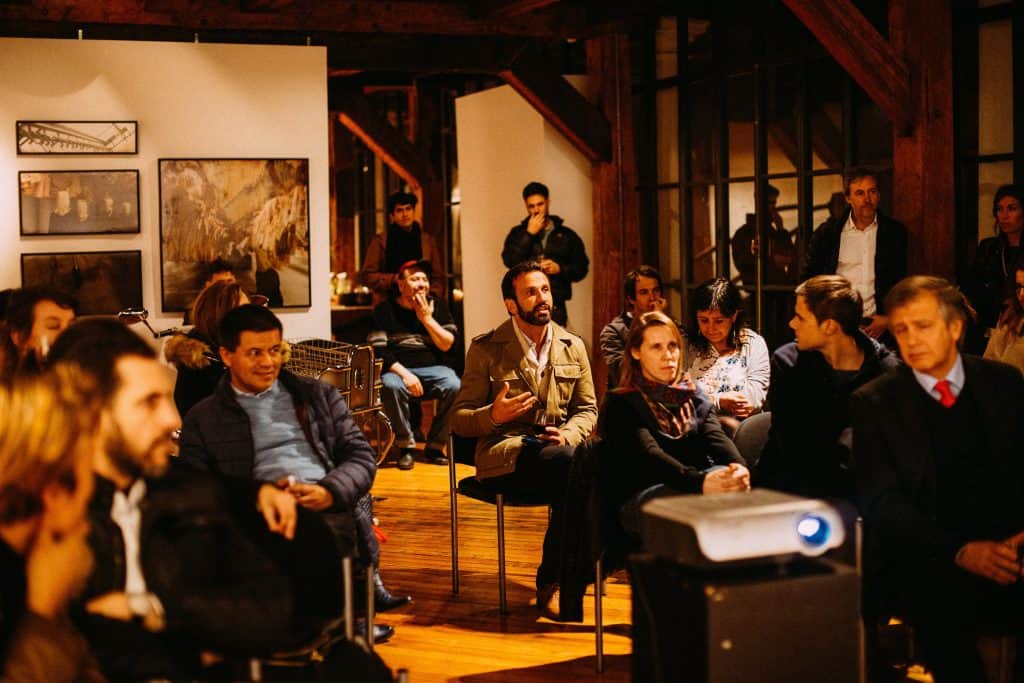
Photo by Antenna
Conclusion
In the world of artistic communities, purposeful design is the paintbrush that adds color to the collaboratively created artwork. The cornerstones for establishing a favorable environment for artists to flourish include laying a clear aim, selecting a suitable venue, and encouraging inclusion. Participation, the lifeblood of these communities, is like the paintbrush that adds depth and dimension to the picture via consistent activities, teamwork, and deep relationships. As an artwork changes with time, so too do effective administration, flexibility, and member input shape the continuing story and guarantee that the community continues to be a dynamic work of art.Building art communities ultimately goes beyond simple connection; it’s a cooperative work of art where intention, diversity, participation, and flexibility converge to provide a stimulating and uplifting atmosphere that embraces each and every artist.
Key Takeaways
Foundations for a Thriving Community
- Define Purpose and Niche: Clearly identify target audience, art types, skill levels, and interests. Set specific goals and values for a unified vision.
- Choose the Right Platform: Evaluate online vs. offline options; consider features, demographics, and costs. Prioritize accessibility and ease of use for members.
- Cultivate Inclusivity and Respect: Establish clear guidelines for communication and behavior. Promote diversity and create safe spaces for constructive feedback.
Engaging and Nurturing Your Community
- Create Engaging Content: Host regular events, share inspiring artwork and resources, and organize challenges to encourage participation.
- Foster Connection and Collaboration: Facilitate introductions, encourage mentorship, and promote collaboration on projects and exhibitions. Celebrate achievements.
- Manage and Adapt: Efficient community management is crucial. Assign clear roles, gather member feedback, and adapt to evolving needs. Embrace change for dynamism.
Additional Tips and Resources
- Embrace Technology: Leverage technology for effective communication and organization within the community.
- Explore Opportunities: Look into online communities, organizations, and funding opportunities to enhance the community’s growth.
- Address Challenges Proactively: Identify and tackle challenges like maintaining engagement and motivation with proactive solutions.
FAQs
How do I pick the right platform for my art community?
Selecting the appropriate platform for your art community involves careful consideration of several key factors. Begin by identifying your target audience and understanding their preferences. Different platforms cater to distinct demographics, so it’s crucial to align your community with the platform that resonates with your intended members. Assess the features offered by each platform and prioritize those that enhance the overall user experience. Consider factors such as user-friendly interfaces, customization options, and the ability to share and showcase artwork effectively.
How can I foster inclusivity within my art community?
To foster inclusivity within your art community, establish and communicate clear guidelines for respectful communication. Encourage open-mindedness and discourage any form of discrimination or exclusion. Actively promote diversity by showcasing a variety of artistic styles, cultural influences, and backgrounds. Create safe spaces for constructive feedback, where members feel comfortable expressing their thoughts without fear of judgment. Regularly review and update your guidelines to ensure they remain relevant and effective in promoting an inclusive environment.
What are some tips for maintaining community engagement?
Facilitate connections among members by creating discussion forums, social media groups, or chat platforms. Encourage collaboration and networking, fostering a sense of community among your members. Adapt to your community’s feedback and evolving needs, implementing changes and improvements as necessary. By staying responsive and attentive to your community, you’ll build a more engaged and satisfied audience over time.
Unlock the potential of virtual platforms with this “Creating Engaging Virtual Art Tours” step-by-step guide, designed to aid artists and curators in constructing captivating and entertaining virtual art show tours that attract consumers and enhance the online watching experienc

